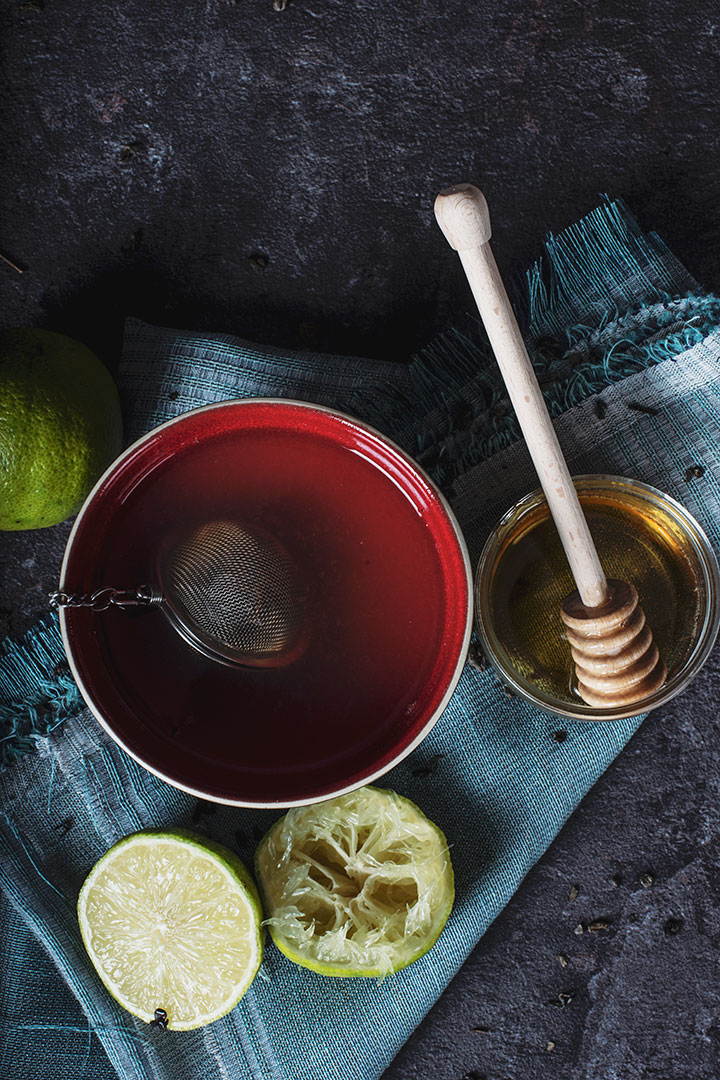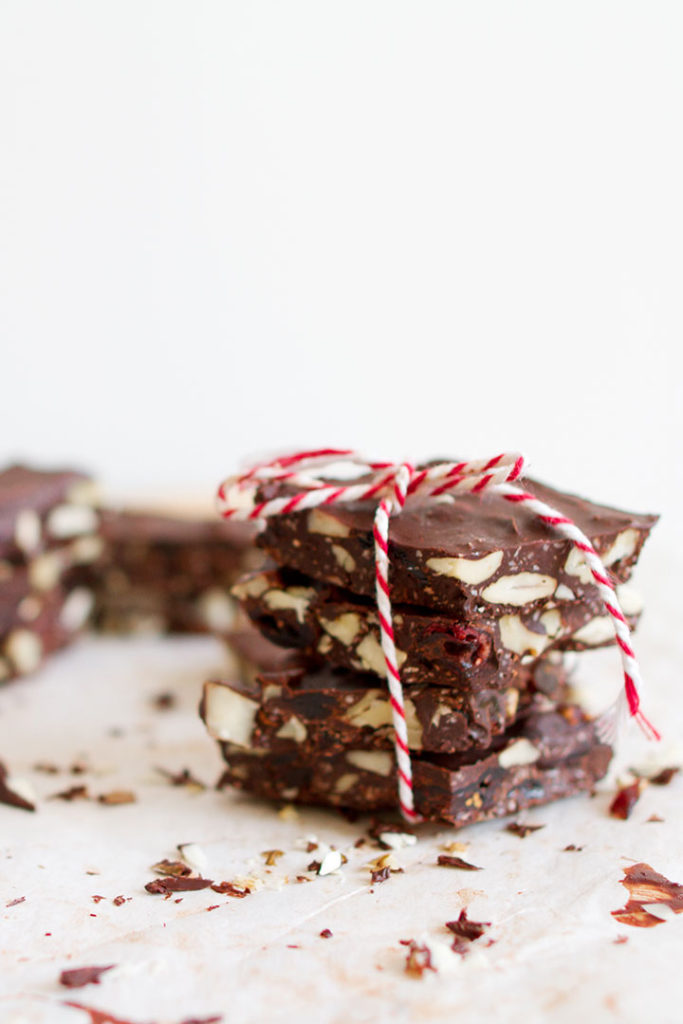It is time to resort to homemade goodness and the first place to start is obviously making your own chocolate and honey! It was never going to be a straightforward journey, replacing all the mass-produced items in our grocery cupboard, but as the artisanal movement gains momentum, more and more people like you and me are making a start. Weekend markets are bursting with local producers of handmade products, from chocolate and cheese to craft beer.
But for most of us who have day jobs and don’t necessarily want to turn this into a second career, the idea of making our own cheese and wine is a little more daunting. Plus, does the set-up cost of creating your own chocolate factory a home really make sense when you’re not planning to go into commercial production? In most cases the costs are not crippling, and the experience of making and eating something previously unimaginable is probably worth every cent. Emerging from an age where we all sought convenience above all else, terms like food security, health, nutrition, creativity and superior flavour are now the new priorities, and we’re all itching to become part of the revolution.
Making your own chocolate:
Channel your inner Willy Wonka and try your hand at home-made chocolate. It’s really not that difficult, says Lara Sklaar, who founded Fine & Raw South Africa a few years after her brother set the ball rolling in New York. She sells her chocolate at markets around SA and more than 40 shops already sell deliciously organic, fair-trade, sugar-free and home-made Fine & Raw. Lara runs chocolate “gatherings” (not classes, she insists) at her chocolate factory in Illovo, Johannesburg, and says all her students are surprised when they go home with truffles and a chocolate bar they have made themselves in a few hours.
PROS? The start-up is not that costly, nor do you need a lot of specialised equipment. According to Lara, we should all eat between 20 and 30g of raw chocolate every day, for its antioxidants, minerals, magnesium and other health-giving qualities.
CONS? Making chocolate can be messy and addictive!
SETTING IT UP: It’s best to set up a home chocolate factory in a cool space so that the chocolate sets easily. For the rest, you need double boilers, spoons and measuring utensils – all regular kitchen kit. Go to fineandraw.co.za to find out more about Lara Sklaar’s chocolate “gatherings”.
INSIDER TIPS: Africa is the largest producer of cacao in the world. However, not all sources are fair trade or organic. To enjoy all the health benefits that raw chocolate offers, ensure that your ingredients are the best quality available.

Making your own honey:
If you’re fortunate enough to live on the outskirts of the city and have enough space to accommodate a swarm or two without risking any lives, becoming a hobbyist beekeeper isn’t too complicated. You simply need a basic understanding of how a honeybee colony works. Then you can trap a new colony by putting out a trap box. The bees should move into the box – especially in Joburg where there is a shortage of space for bees. You’ll then need to maintain the hive and extract the honeycomb. Once the bees have filled their honeycomb with honey, they seal the cells with beeswax. Melt the wax by heating it with a solar wax extractor or boiling it. If you leave it to stand overnight, the wax will settle on the surface and can be skimmed off the honey.
PROS? Beekeeping isn’t just great for making honey – you’ll also be helping to sustain these life-giving insects, which are needed to pollinate crops.
CONS? Beekeeping in a townhouse or complex simply won’t work – you need space.
SETTING IT UP: First, make sure your municipal area allows beekeeping. If you have a big garden, keep your hive in a shady spot away from children and pets. You’ll need to have made or bought a beehive. First-timers can use the trap-box, which holds five brood frames (slats that house the bees’ eggs, larvae and pupae), which the bees use to construct their combs. You’ll also need protective clothing – overalls, a veil, gloves and boots. Get a hive tool, to loosen or scrape off parts of the hive, a smoker to calm the bees, and a bee brush to gently remove bees from a surface.
INSIDER TIPS: Mike Miles, a registered beekeeper, suggests first-time beekeepers start their colony between September and October, and keep their hives 50cm off the ground.
GET STARTED: Start collecting bees with a trap hive from Beequipment SA (beequip.co.za) for between R120 and R280. Or get their starter kit, complete with a hive, tools and protective clothing, for around R2 500.

